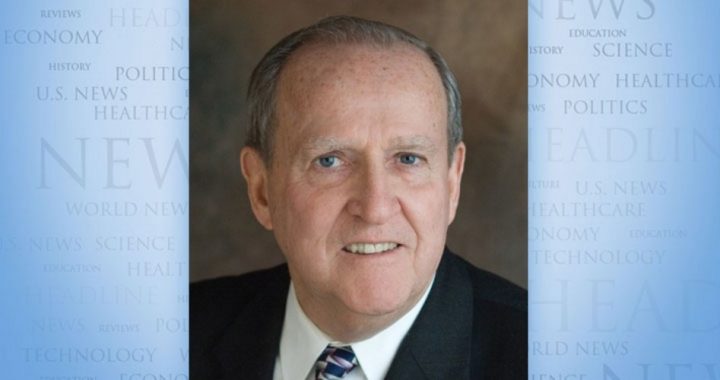
Al Gore’s new film, An Inconvenient Sequel, is a bit of a bust drawing fewer paying customers than expected. He’ll have to get friends to force showings of the film in schools. Captive audiences will be force-fed a viewing of out-and-out falsities in living color. They will have no choice but to sit there and take in a collection of misinformation.
One of Gore’s solutions to the non-problems his film describes is capturing energy through the use of solar panels. It sounds good until the costs and a variety of problems are considered. Career electrical engineer Art Crino claims government subsidies for different types of energy collection place solar power in the stratosphere. The handouts provided to obtain one megawatt-hour of electrical energy by burning coal, oil, or natural gas total $0.64. Gaining the same amount of electrical energy using solar panels starts off with subsidies totaling $775.64.
Taxpayer-supplied subsidies aren’t the only hidden cost faced by those seeking to capture energy from sunlight. There’s no sun shining during nighttime or when clouds and storms arrive leading to little or no gathering of energy. Partisans for solar power generation have even admitted that constantly redirecting the angle that solar collectors should be stationed is needed if peak efficiency is to be gained, a costly procedure needing constant maintenance. And the solar power promoters don’t like to be reminded that clearing away the snow after a winter storm might be necessary. Then there are costs associated with storage and transfer of energy acquired during peak hours of sunshine. And don’t forget that manufacturing and installing solar panels plus connecting them electrically and cleaning them regularly isn’t inexpensive.
The nation is being inundated with telephone salesmen seeking commitments to acquire solar power capability for single homes. It’s marvelously inexpensive they tell you while not mentioning the huge subsidies being the reason — which means you and your neighbors are really paying for it via taxation. If you aren’t bothered by unwanted telephone pleas, maybe you’ve been reading advertisements in newspapers or seeing ads on television about the wonder of solar power and its minimal cost to you.
Beyond all of this solar power promotion, you may have been victimized by the propaganda about the harm being done to the planet because “burning fossil fuels pollutes the atmosphere.” The culprit, say the propagandists, is carbon dioxide that causes global warming (or its new label, climate change). But carbon dioxide is food for plants. It isn’t bad; it’s hugely beneficial. As for it affecting the atmosphere, climate scientist Dr. Willie Soon says the amount of carbon dioxide produced nationally by burning fossil fuels is equivalent to adding two more attendees to the 100,000 fans packed into a football stadium. In other words, carbon dioxide produced by burning coal, oil, or natural gas is of little consequence — good or bad.
The United States is sitting on enough oil, natural gas, and coal to take care of our needs for generations — even while exporting to others. A few decades ago, U.S. engineers figured out how to generate electricity by splitting the atom in a nuclear reactor. But bogus scientists and political skullduggery have combined to demonize nuclear power. If France can generate electricity via nuclear plants for 70-plus percent of its electricity needs, why does the U.S. stay mired in less than 20 percent?
And, by the way, a megawatt-hour of electrical energy generated via a nuclear power plant receives $3.14 in subsidies. Recall the figure given above where the subsidy for the same one megawatt-hour generated by solar power is a whopping $775.64.
America should continue burning fossil fuels and using nuclear power to generate electricity. Those who want solar power should certainly be free to employ it — but without the enormous subsidy it currently relies on.
John F. McManus is president emeritus of The John Birch Society. This column appeared originally at the insideJBS blog and is reprinted here with permission.



